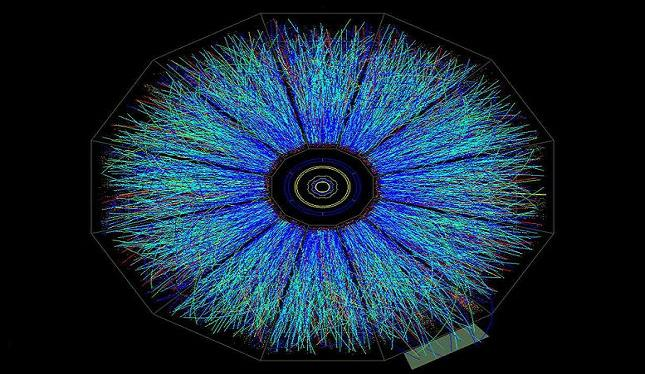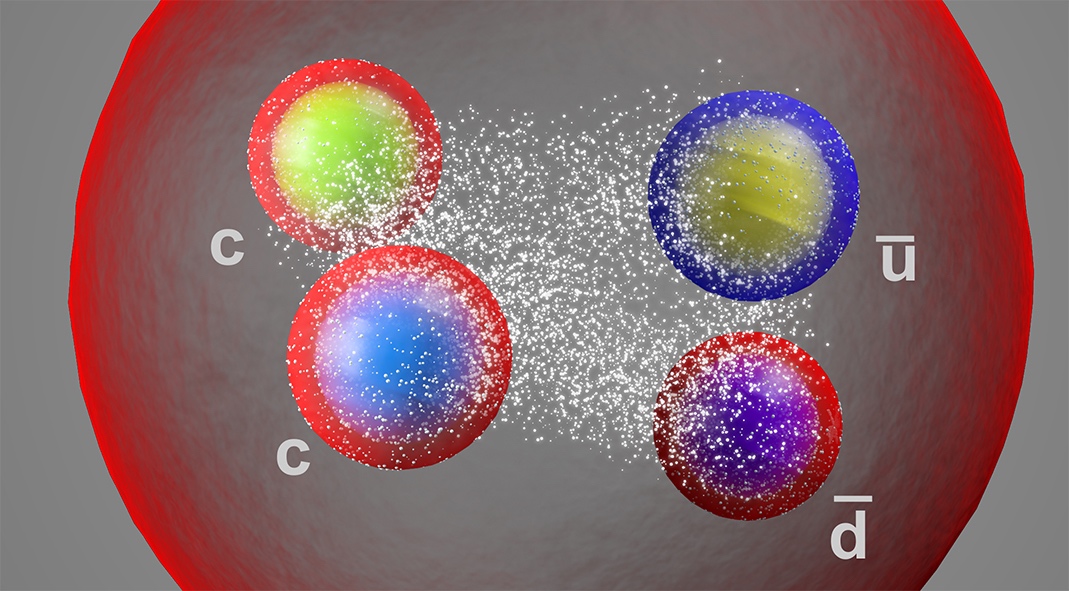

However, Jupiter is 3 times as massive, indicating that its atoms are substantially compressed due to gravitational pressure. The planets of the Solar System, shown to the scale of their physical sizes, show a Saturn that's. And a Uranium atom is actually larger in size than the individual protons-and-neutrons would be if you packed them together, due to the long-range nature of the electrostatic repulsion of the protons, compared to the short-range nature of the strong force. If you replace an electron in a hydrogen atom with a muon, an unstable electron-like particle that has the same charge but 206 times the mass, the muonic hydrogen atom will be only 1/206th the size of normal hydrogen. Jupiter, for example, has three times the mass of Saturn, but is only about 20% larger in size. In extremely massive planets, the atoms themselves begin to get compressed due to large gravitational forces, meaning you can pack more of them into a small space. There are some fun caveats that allow us to explore how these sizes change in extreme conditions.

The energy levels are quantized in multiples of Planck's constant, but the sizes of the orbitals and atoms are determined by the ground-state energy and the electron's mass. atom, although the configurations are extremely similar for all atoms. The energy levels and electron wavefunctions that correspond to different states within a hydrogen.


Only in the case of neutron stars does the addition of gravitational binding energy suppress the nucleus' tendency to rearrange itself into a more stable configuration. Because individual protons and neutrons themselves are color-neutral, the exchange is mediated by virtual, unstable particles known as pions, which explains why nuclei beyond a certain size become unstable it's too difficult for pions to be exchanged across larger distances. This nuclear force is a residual effect of the strong nuclear force, which only works over very short distances. On slightly larger scales, the strong force holds protons and neutrons together in an atomic nucleus, overcoming the electrostatic repulsion between the individual protons. The electrostatic repulsion and the attractive strong nuclear force, in tandem, are what give the proton its size. antiquarks, and orbital angular momentum as well. The three valence quarks of a proton contribute to its spin, but so do the gluons, sea quarks and.


 0 kommentar(er)
0 kommentar(er)
